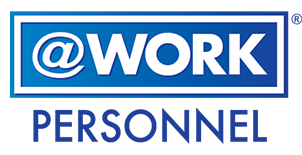Just about everyone is familiar with the afternoon slump. It's that point in the work-day when focus begins to falter, eyelids get heavy, and your productivity falls faster than your energy levels. While some employers provide napping space for their employees, that's not a realistic option for most companies. Thankfully, a little extra shuteye isn't the only way to boost your energy levels.
As it turns out, you may be sabotaging your energy levels simply by eating poorly during the day. Better nutrition has a diverse collection of benefits, but possibly the quickest result you will experience is improved energy. So by being more selective about what you eat for breakfast, lunch and in between, you can really power through the midday energy drain.
Why Leaders Need to be Abundance Thinkers
By Kevin Eikenberry
What we believe about ourselves, our situation and our world drives our thoughts and actions, and therefore has a huge impact on the results we achieve. While this is a profound fact for us as individuals, as a leader, those beliefs (and the resulting thoughts, actions and results) have a significant impact on many others too. This set of beliefs is sometimes called our mindset; which according to Merriam Webster can be defined as a particular way of thinking: a person's attitude or set of opinions about something. In a broad way, most people have either an abundance or a scarcity mindset. Rather than defining the difference in a dry way, this chart should do the trick.
Finding The Passive Candidates – Your New Talent Pipeline

All hiring teams are familiar with the "usual" methods of recruiting. There is nothing wrong with traditional methods of looking for talent, but the fact is, those methods are restrictive. When you post on job boards or work career fairs, you shouldn't expect to find your ideal candidate in a shallow pool of people actively looking for a job.
In truth, the talented candidates you are looking for are probably currently (and happily) employed.
Skills Gap?? Pffft!
Untrained workers? Recruiting nightmares? Not in your organization--IF you implement these strategies now, that is:
The manufacturing skills gap is very real--and according to a comprehensive study by Deloitte, that gap is going to continue to grow into the foreseeable future. Over the next decade, nearly 3.5 million jobs in manufacturing will need to be filled. If the current trends hold, the skills gap will result in nearly 2 million of those jobs going unfilled.

